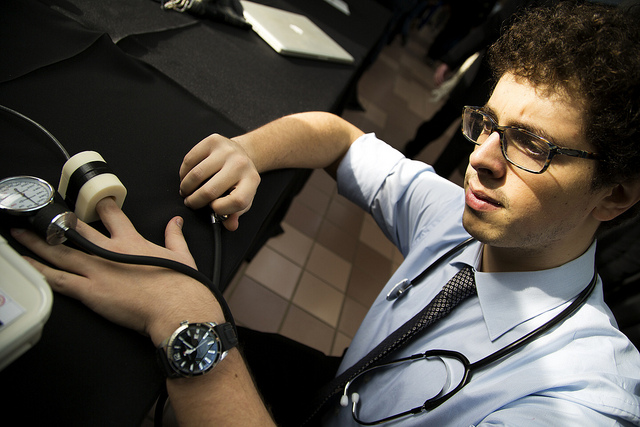
Need Statements
Identified needs from previous needs assessments that you could take on.
Filter Need Statements
During long surgeries, there is a need to improve the surgeons’ alertness in order to reduce human error during operation.
During laparoscopic surgery, there is a need to reduce the time required to alternate between using metal and plastic endoclips.
There is a need to more effectively determine whether the procedure can be done laparoscopically or by open surgery prior to the operation to reduce the overall time in hysterectomies
During colonoscopies, there is a need to increase the maneuverability and range of motion of the polyp removal tools in order to be able to treat all polyps within the colon.
During laparoscopic colectomies with tumors in the ascending, transverse, and upper region of the descending colon, there is a need to connect the tissues with end-to-end anastomosis to ensure minimal leakage.
When creating an anastomosis between sections of the gastrointestinal tract with smaller diameters, there is a need for a way to attach the two ends of the sections together without risking damage to the tract’s mucosa.
During laparoscopic colectomies, there is a need for a perioperative method of more accurately identifying the tumor location in order to decrease the difficulty and time required to determine exactly where to cut the colon.
There is a need to reduce the effects of airborne carcinogens from the electrocautrery in order to reduce the unpleasant smell and lung cancer risk.
During laparoscopic surgeries, there is a need to reduce the risk of rupturing surrounding vessels when applying endo-clips.
During endoscopic retrograde cholangiopancreatography (ERCP), there is a need to provide surgeons with more detailed information of gallstone location within the common bile duct in order to reduce operation difficulty and reduce the risk of not detecting and extracting all gallstones.
There is a need for a method to detect gastric cancer at an earlier stage in order to increase the success rate of treatments.
During colonoscopies, there is a need for a more accurate method to locate the tumor’s anatomical position within the colon in order to reduce operation time during surgical resection of the tumor.
Understanding the subtle cultural difficulties in the setting of intended use is close to impossible without the full immersion into that setting. Without knowing the true difficulties and how they are managed, other teams who we have had contact with have difficulty meeting the demands of their end users. Other student design teams struggle to fully understand the user requirements and find it hard to achieve them with a completed prototype based off literature before initiating contact with the end user.
What to Know About The Global Health Design Initiative

Program History
GHDI has been working with stakeholders for more than eight years to identify and address global health design challenges. Learn more about our history and core values.
Learn More →
Project Outcomes
Since inception, we have worked on projects in maternal health, family planning, minimally invasive surgery, physical medicine and rehabilitation, and more. Explore our past and current projects.
Learn More →
Get Involved
There are many ways to get involved in global health work with GHDI. From taking on a need statement, to participating in an opportunity, or becoming a partner.
Learn More →